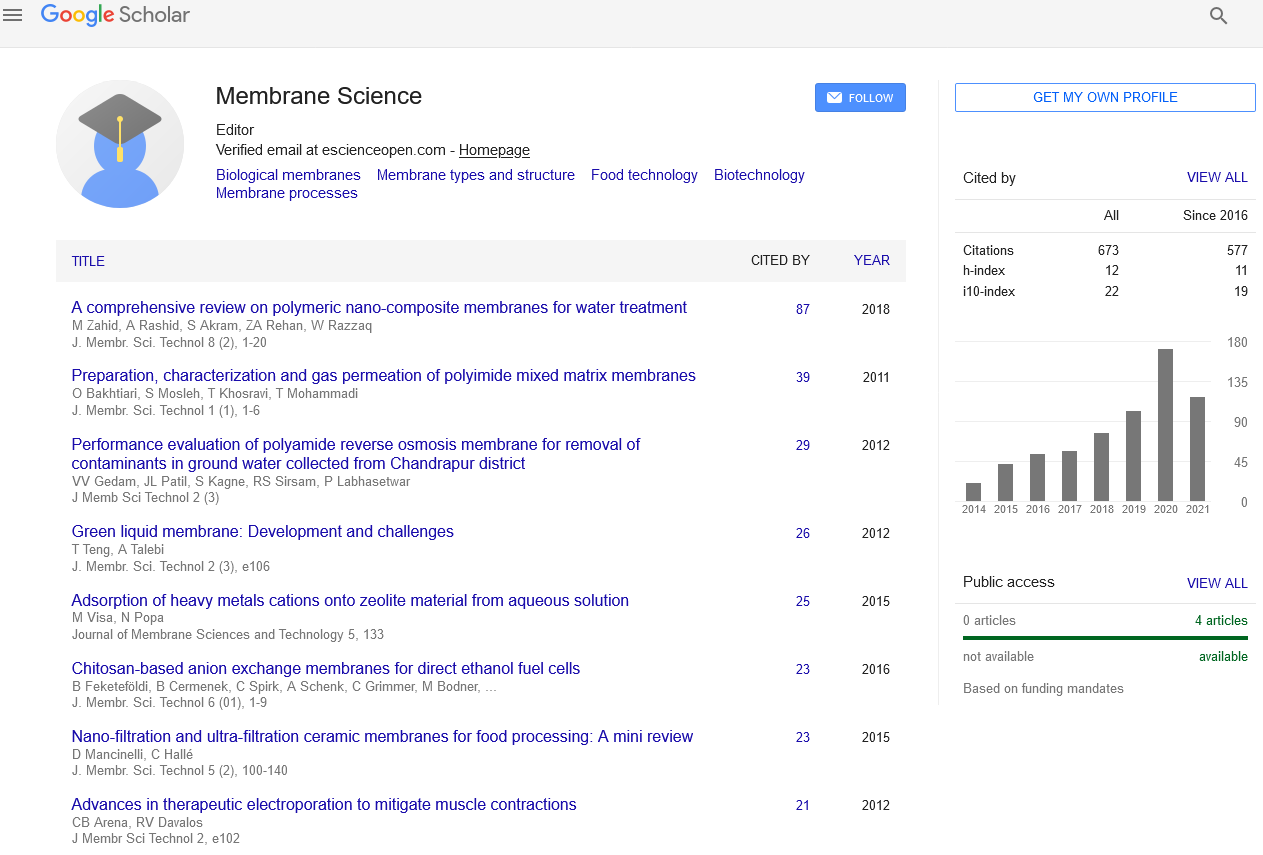Indexed In
- Open J Gate
- Genamics JournalSeek
- Ulrich's Periodicals Directory
- RefSeek
- Directory of Research Journal Indexing (DRJI)
- Hamdard University
- EBSCO A-Z
- OCLC- WorldCat
- Proquest Summons
- Scholarsteer
- Publons
- Geneva Foundation for Medical Education and Research
- Euro Pub
- Google Scholar
Useful Links
Share This Page
Journal Flyer

Open Access Journals
- Agri and Aquaculture
- Biochemistry
- Bioinformatics & Systems Biology
- Business & Management
- Chemistry
- Clinical Sciences
- Engineering
- Food & Nutrition
- General Science
- Genetics & Molecular Biology
- Immunology & Microbiology
- Medical Sciences
- Neuroscience & Psychology
- Nursing & Health Care
- Pharmaceutical Sciences
Abstract
Effect of Liposome Surface Charge and Peptide Side Chain Charge Density on Antimicrobial Peptide-Membrane Binding as Determined by Circular Dichroism
Takafumi Urushibara and Rickey Hicks
In this investigation the effect of varying the surface charge and hydrophobicity of liposomes of mixed phospholipid compositions on the binding of four of the AMPs was determined using Circular Dichroism Spectroscopy,1H NMR and Diffusion Ordered Spectroscopy NMR methods. The following mixed anionic liposomes: 3:1 POPC/POPG, 4:1 POPC/POPG, 5:1 POPC/POPG, 3:1 POPC/POPS, 4:1 POPC/POPS, 5:1 POPC/POPS, and the following mixed zwitter ionic liposomes: 3:1 POPC/POPE, 4:1 POPC/POPE and 5:1 POPC/POPE were used in this investigation. The results obtained from the mixed anionic liposomes study indicated even when the net change on the liposome are the same, local differences in charge density and hydrophobicity will result in different physicochemical surface properties that will dramatically affect the mechanism of AMP binding. The results obtained from the mixed zwitterionic liposomes study indicated that very small changes in the charged amine going from an ammonium salt to a quaternary amine salt will result in different physicochemical surface properties that can inhibit or dramatically reduce AMP binding. This observation is particularly important when designing physicochemical investigations of model membrane of Gram Negative bacteria.


